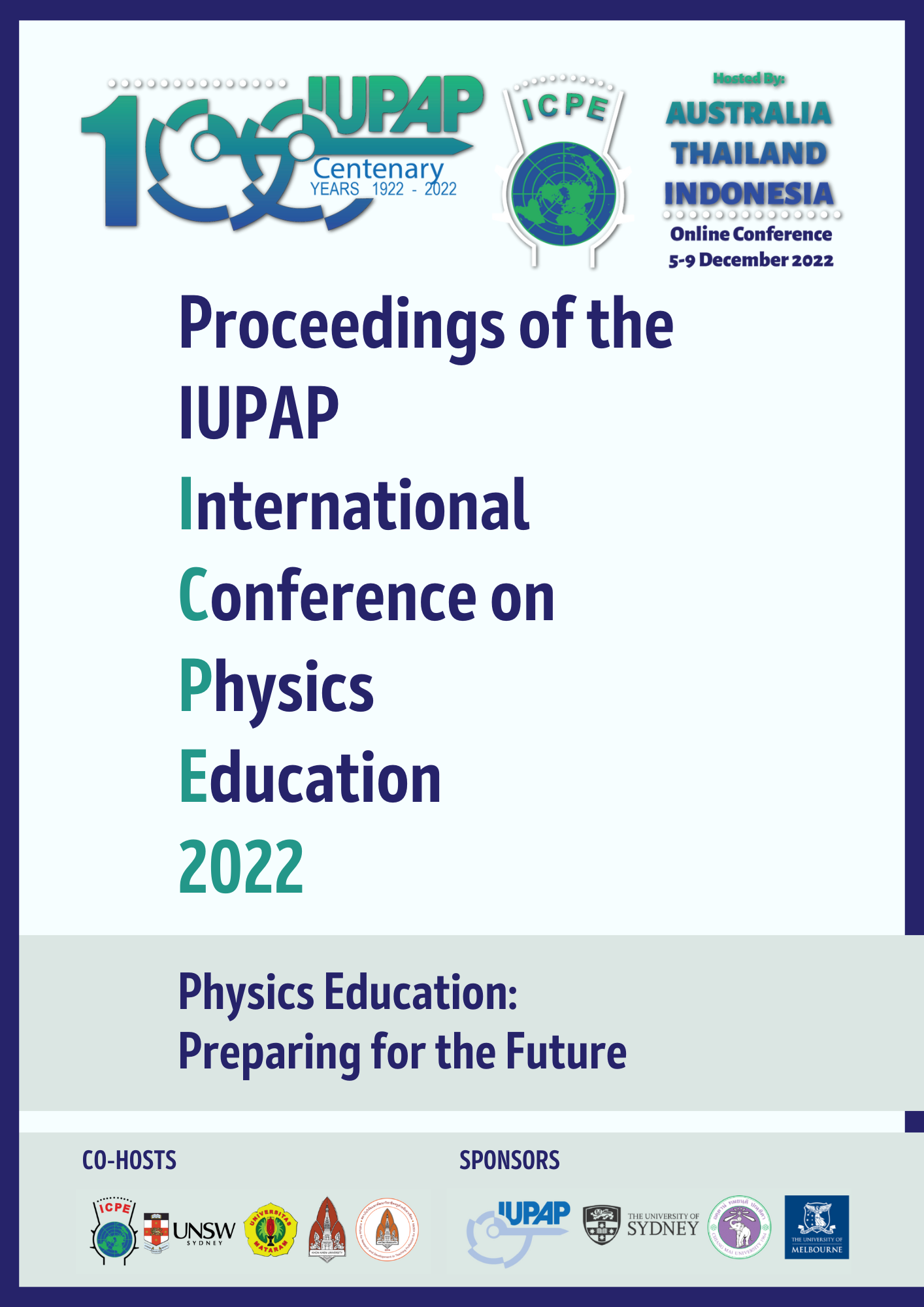Challenging and supporting student learning during COVID-19: Optics relevant to optometry and vision science
Keywords:
COVID-19, online, optometry, optometry and vision scienceAbstract
The School of Optometry and Vision Science at The University of New South Wales offers a Bachelor of Vision Science (three-years) and a five-year integrated degree leading to a Bachelor of Vision Science and Master of Clinical Optometry. The first-year optics curriculum aims to help students acquire an understanding and familiarity with geometrical, physical and visual optics principles regarding instrumentation, eye and vision necessary for Optometry and Vision Science practice.
Optics is fundamentally essential to optometry and vision science. But being a theoretically driven subject that encompasses mathematics and physics knowledge, genuine concern and recognition of the challenges students face in learning optics can be tricky. It involves many mathematical equations and complex ray tracing of optical systems. Because of that, engaging and motivating students to appreciate and learn optics principles is a constant challenge. The key to engaging students is making what they are learning relevant and showing how it relates to their future profession. I provide numerous real-life examples and scenarios in which knowledge of optics is integral. Practical classes support and extend concepts presented in lectures with a hands-on approach.
Due to the COVID-19 pandemic crisis, face-to-face teaching delivery was abandoned, leading to rapid adaption to fully online course delivery using digital technologies. A potential problem with online teaching is the lack of student engagement and interaction if not delivered appropriately (Greenhalgh, 2001; Martin & Bolliger, 2018). Using Blackboard Collaborate digital platform, online student engagement was fostered by providing interactive lecture notes with practice problems based on real scenarios, conducting online polls and addressing students’ queries via the chat function in realtime. I used interactive flipped lectures using H5P and iSpring digital technologies as well as a lightboard for ray tracing complex optical systems.
Tutorial sessions aimed at team-based learning, combined with problem-solving and journal article appraisal was used. Each group was expected to critically appraise the journal article and present the concept of the article. To engage non-presenting groups, I introduced a new online peer assessment approach by providing them with a marking rubric. The grade for submission is the weighted mean of all marks provided by the students for the presenting group. This will develop key skills in critically evaluating research articles and help them in a team-based learning environment.
It would have been difficult to imagine conducting optics experiments in a virtual world. However, I approached this with a different perspective by emphasising a strongly engaging visual approach and team-based learning. I created 22 striking lab videos to demonstrate the fundamental optical principles and extend their knowledge to real clinical scenarios. Students love this way of teaching, as reported in a feedback survey. Learning optics to a good standard will enable students to appreciate and learn the subsequent courses confidently and efficiently.
REFERENCESGreenhalgh T. (2001). Computer assisted learning in undergraduate medical education. BMJ, 322(7277):40-4.
Martin F. & Bolliger D. U. (2018). Engagement Matters: Student Perceptions on the Importance of Engagement Strategies in the Online Learning Environment. Online Learning, 22(1), 205-222.
Downloads
Published
Issue
Section
License
Authors who publish with the Proceedings of the International Conference on Physics Education 2022 agree to the following terms:
a) Authors retain copyright and grant the journal right of first publication with the work simultaneously licensed under a Creative Commons Attribution License (https://creativecommons.org/licenses/by/4.0/) that allows others to share the work with an acknowledgement of the work's authorship and initial publication in this journal.
b) Authors are able to enter into separate, additional contractual arrangements for the non-exclusive distribution of the journal's published version of the work (e.g., post it to an institutional repository or publish it in a book), with an acknowledgement of its initial publication in this journal.
c) Authors are permitted and encouraged to post their work online (e.g., in institutional repositories or on their website) prior to and during the submission process, as it can lead to productive exchanges, as well as earlier and greater citation of published work (See The Effect of Open Access - http://opcit.eprints.org/oacitation-biblio.html).
Privacy Statement The names and email addresses entered in the Proceedings of the International Conference on Physics Education 2022 site will be used exclusively for the stated purposes of this journal and will not be made available for any other purpose or to any other party.
